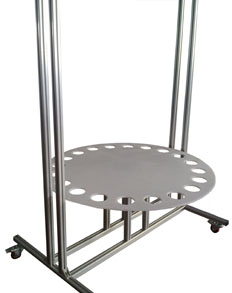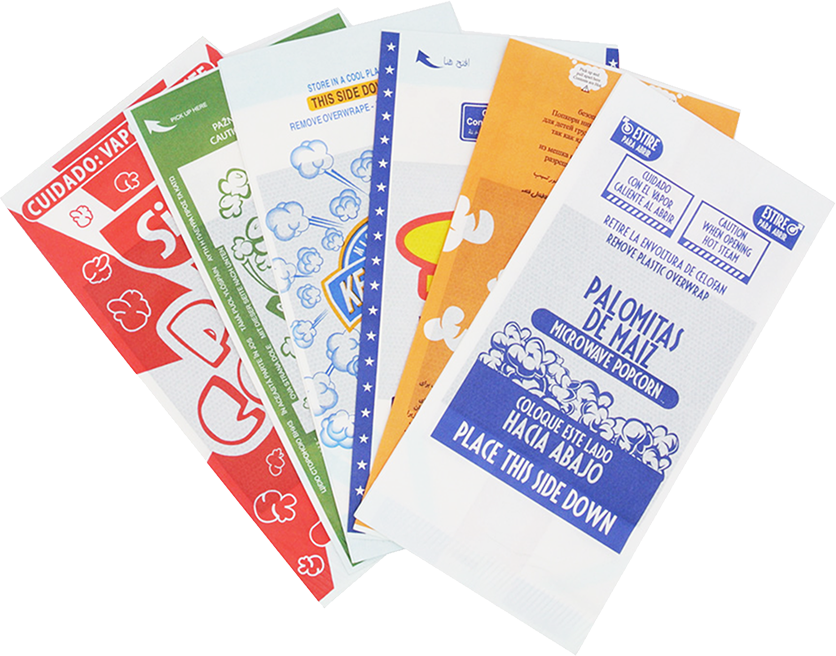
(1) Experimental equipment Barnes maze produced by different manufacturers
It's about the same. Here we introduce the Barnes maze developed by Shanghai Xinsoft Information Technology Co., Ltd. It is a circular platform made of medical organic board, which can rotate and has a diameter of 122cm. There are 18 or 40 equidistant circular holes around the platform for rats and mice; the diameter of the holes is 10cm and 5cm, respectively. One of the holes (called the target hole) is connected to a dark box (that is, the target box). The other round holes are hollow and are not connected to any objects. The dark box is set in a drawer type, which is convenient for taking out animals from it. The target box is invisible from the surface of the platform. The maze is raised by 140cm. Animals can escape into the target box through the target hole. There are different considerations for the setting of mouse Barnes maze. For example, some shorten the diameter of the maze (such as 88 cm), the number of holes also decreases (such as 12), and the diameter of the hole is equivalent to the above. It is believed that such a setting is beneficial to increase the mouse acquisition ratio. But no matter which setting is used, the experimental operation is similar. Through training, the animal obtains the spatial positioning of the target hole.
(3) Matters needing attention
Microwave popcorn paper bags produced from white greaseproof kraft paper
PRODUCT DESCRIPTION
Design: Customized Design
240mm×110mm×85mm
Paper: Food-grade Greasproof White Kraft Paper
Compound Adhesive: Water-based White Adhesive PVA
Heat Seal Adhesive: PVA Water Soluble (Green)
Side Seam Adhesive: Water Soluble Emulsion(White)
Ink: MWW (M/W Water Base Carbon Free)
Individual weight: 11.2g
Oil resistant: ≥ kit11

Bags For Microwave Popcorn,Microwave Bag,Popcorn Microwave,Custom Print Popcorn Bag
JINAN HUAFENG PRINTING CO., LTD , https://www.huafengpaperbag.com
